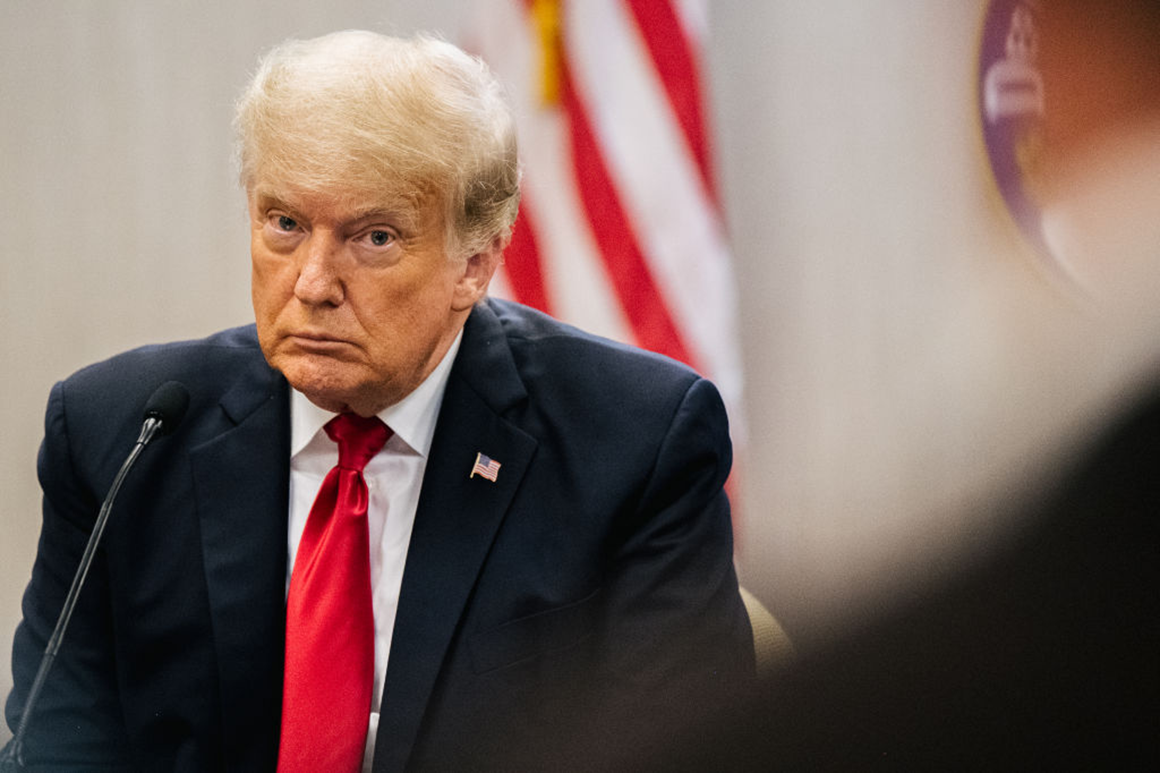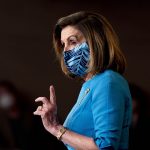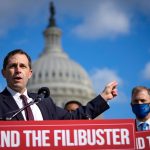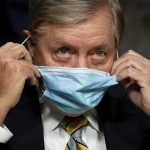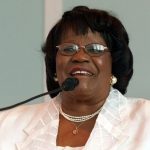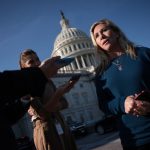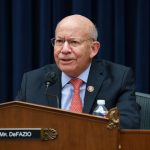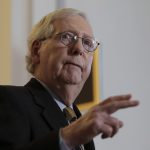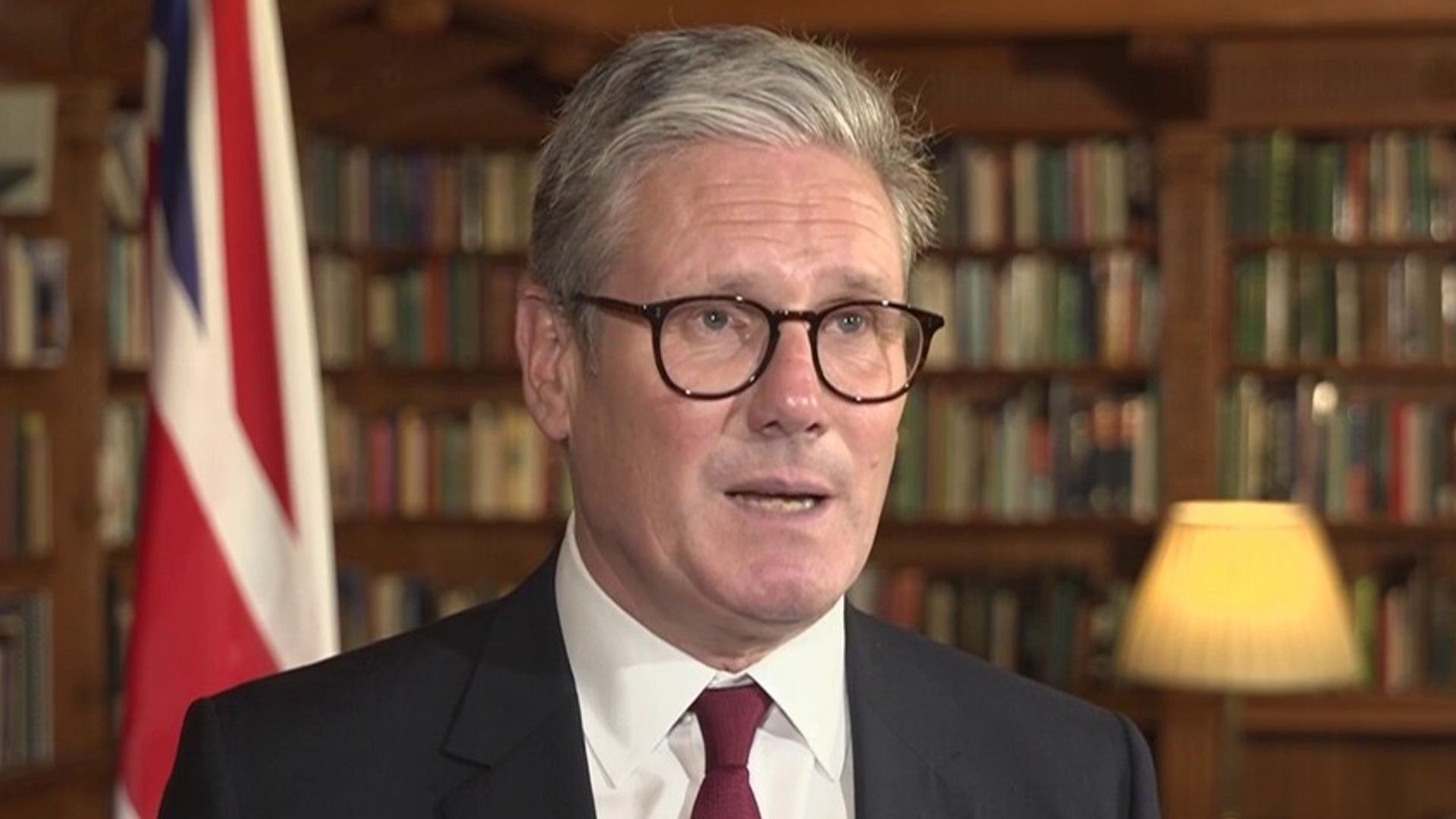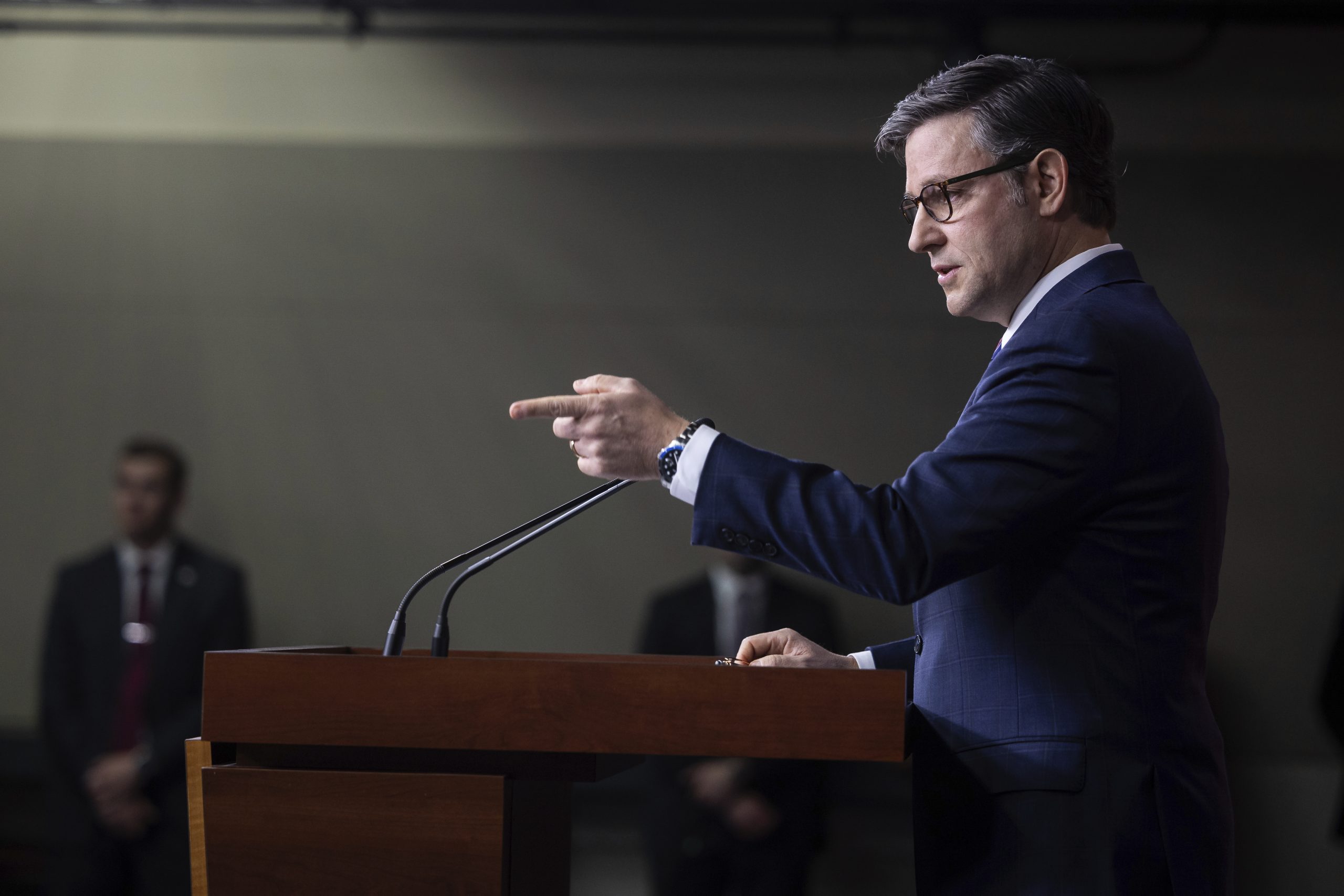Among the records that Donald Trump’s lawyers tried to shield from Jan. 6 investigators are a draft executive order that would have directed the defense secretary to seize voting machines and a document titled “Remarks on National Healing.”
POLITICO has reviewed both documents. The text of the draft executive order is published here for the first time.
The executive order — which also would have appointed a special counsel to probe the 2020 election — was never issued, and the remarks were never delivered. Together, the two documents point to the wildly divergent perspectives of White House advisers and allies during Trump’s frenetic final weeks in office.
It’s not clear who wrote either document. But the draft executive order is dated Dec. 16, 2020, and is consistent with proposals that lawyer Sidney Powell made to the then-president. On Dec. 18, 2020, Powell, former Trump national security adviser Michael Flynn, former Trump administration lawyer Emily Newman, and former Overstock.com CEO Patrick Byrne met with Trump in the Oval Office.
In that meeting, Powell urged Trump to seize voting machines and to appointher as a special counsel to investigate the election, according to Axios.
A spokesperson for the House’s Jan. 6 select committee confirmed earlier Friday that the panel had received the last of the documents that Trump’s lawyers tried to keep under wraps and later declined to comment for this story on these two documents.
The draft executive order
The draft executive order shows that the weeks between Election Day and the Capitol attack could have been even more chaotic than they were. It credulously cites conspiracy theories about election fraud in Georgia and Michigan, as well as debunked notions about Dominion voting machines.
The order empowers the defense secretary to “seize, collect, retain and analyze all machines, equipment, electronically stored information, and material records required for retention under” a U.S. law that relates to preservation of election records. It also cites a lawsuit filed in 2017 against Georgia Secretary of State Brad Raffensperger.
Additionally, the draft order would have given the defense secretary 60 days to write an assessment of the 2020 election. That suggests it could have been a gambit to keep Trump in power until at least mid-February of 2021.
The full text of the never-issued executive order can be read here.
The draft order also greenlit “the appointment of a Special Counsel to oversee this operation and institute all criminal and civil proceedings as appropriate based on the evidence collected and provided all resources necessary to carry out her duties consistent with federal laws and the Constitution.”
To bolster its provisions, the draft order cites “the forensic report of the Antrim County, Michigan voting machines.” That report was produced by Russ Ramsland, who confused precincts in Minnesota for those in Michigan, according to the Washington Post. Michigan’s secretary of state, meanwhile, released an exhaustive report rebutting election conspiracy theories and concluding that none of the “known anomalies” in Antrim County’s November 2020 election were the result of any security breach.
The draft remarks
The document labeled “Remarks on National Healing,” also now in the select panel’s possession, illustrates its own alternative path never taken in the aftermath of the attack. Its tone stands in jarring contrast to the rhetoric Trump employed at the time and continues to use when discussing the insurrection.
“I would like to begin today by addressing the heinous attack that took place yesterday at the United States Capitol,” it opens. “Like all Americans, I was outraged and sickened by the violence, lawlessness and mayhem. I immediately deployed the National Guard and federal law enforcement to secure the building and expel the intruders. America is, and must always be, a nation of law and order.”
That claim that Trump immediately ordered the National Guard to head to the Capitol may be false. The Jan. 6 select committee sent a letter Thursday saying that Trump’s defense secretary at the time of the riot, Chris Miller, “has testified under oath that the President never contacted him at any time on January 6th, and never, at any time, issued him any order to deploy the National Guard.”
The draft “national healing” document continued with sharp criticism of the attack.
“The Demonstrators who infiltrated the Capitol have defiled the seat of American Democracy,” the remarks state. “I am directing the Department of Justice to ensure all lawbreakers are prosecuted to the fullest extent” of the law.”
The document follows with a direct communication to the rioters: “We must send a message – not with mercy but with justice. To those who engaged in acts of violence and destruction, I want to be very clear: you do not represent me. You do not represent our movement. You do not represent our country. And if you broke the law, you belong in jail.”
Such a full-throated condemnation, if Trump had delivered it, would have departed significantly from the way he described the rioters in the wake of the siege. In a video released during the attack, Trump struck a tone of empathy with the mob.
“We have to have peace,” Trump said then. “So go home. We love you. You’re very special. You’ve seen what happens, you see the way others are treated that are so bad and so evil. I know how you feel.”
A Trump spokesman declined to comment for this story.
Draft vs. reality
The draft remarks go on to describe emotions running high after an intense election. “But now, tempers must be cooled and calm restored.”
Trump “vigorously pursued every legal avenue to contest the election results,” the remarks add, and still urges election “reform” so voters could be confident about future contests.
“But as for THIS election, Congress has now certified the results,” the remarks say. “The election fight is over. A new administration will be inaugurated on January 20th. My focus now turns to ensuring a smooth, orderly and seamless transition of power. This moment calls for healing and reconciliation.”
In reality, Trump’s recent characterization of the attack has veered wildly from that sentiment in the draft remarks. The former president has described the 2020 election as “the insurrection” and Jan. 6, 2021, as “the Protest.” He has also praised Ashli Babbitt, a rioter who entered the Capitol and was shot and killed there by a police officer.
The draft remarks go on to strike a unifying tone in discussing the coronavirus that also differs from Trump’s approach at the time.
“The pandemic isolated millions in their homes, damaged the economy, and claimed countless victims,” the document continues. “Ending the pandemic and rebuilding the economy,” it adds, “will require all of us working together,” along with renewed emphasis on patriotism, faith and community.
“We must renew the sacred bonds of love and loyalty that bind us together as one national family,” it adds.
While Trump has courted the disapproval of some in his own base by publicly sharing that he’s received a booster shot against Covid, he has chiefly emphasized the success of vaccines against the virus as his own personal victory.
“I came up with a vaccine, with three vaccines,” Trump told conservative pundit Candace Owens last month. “All are very, very good.”
